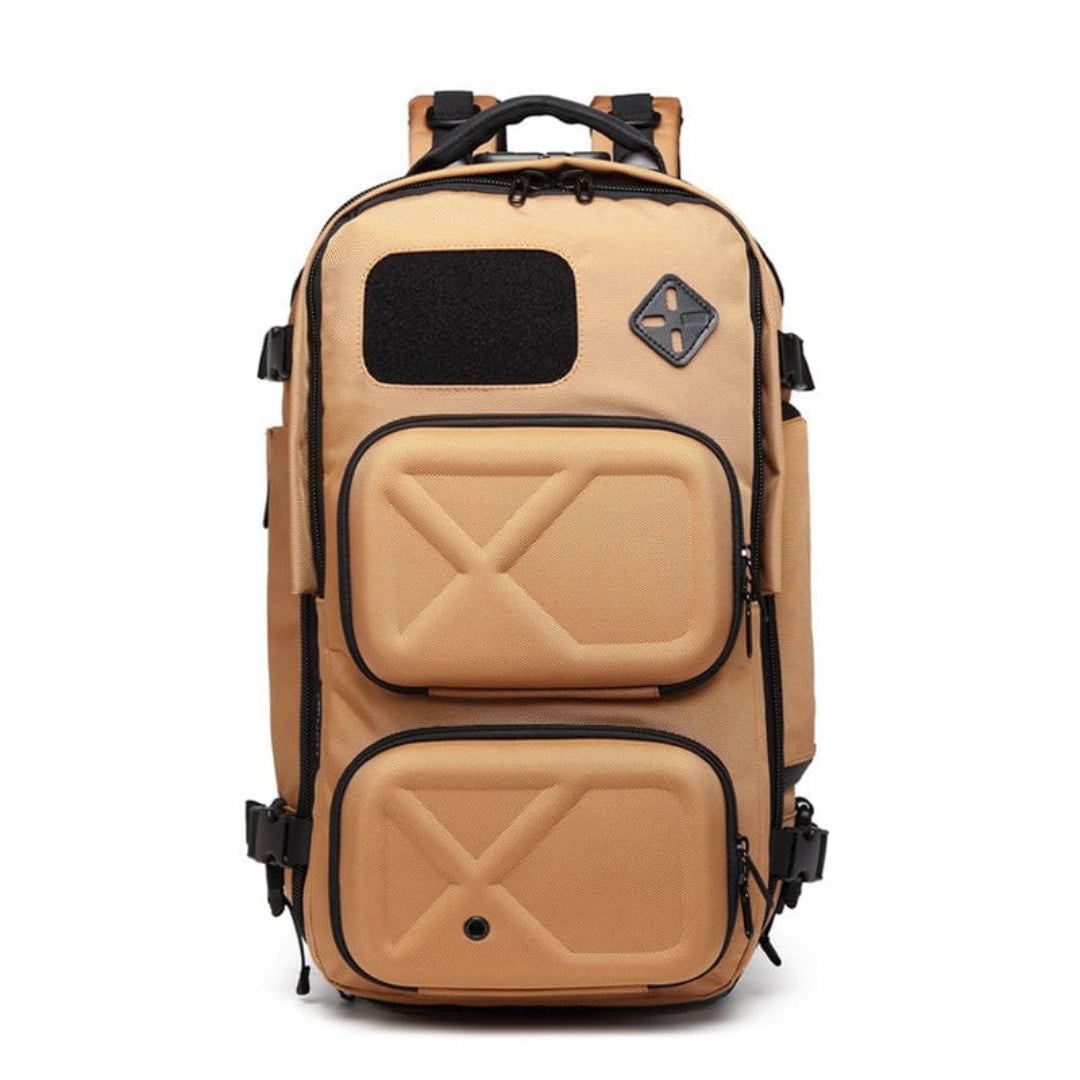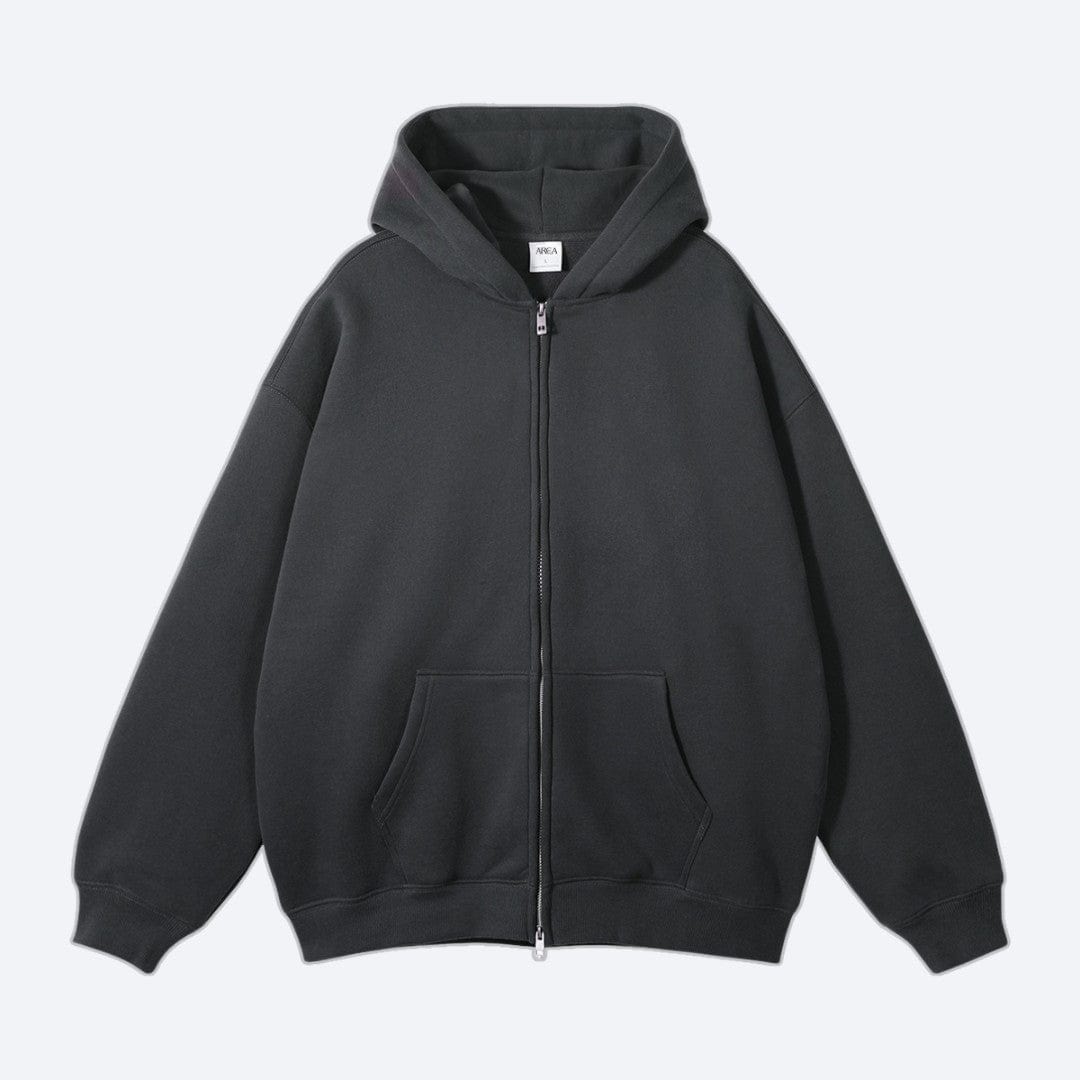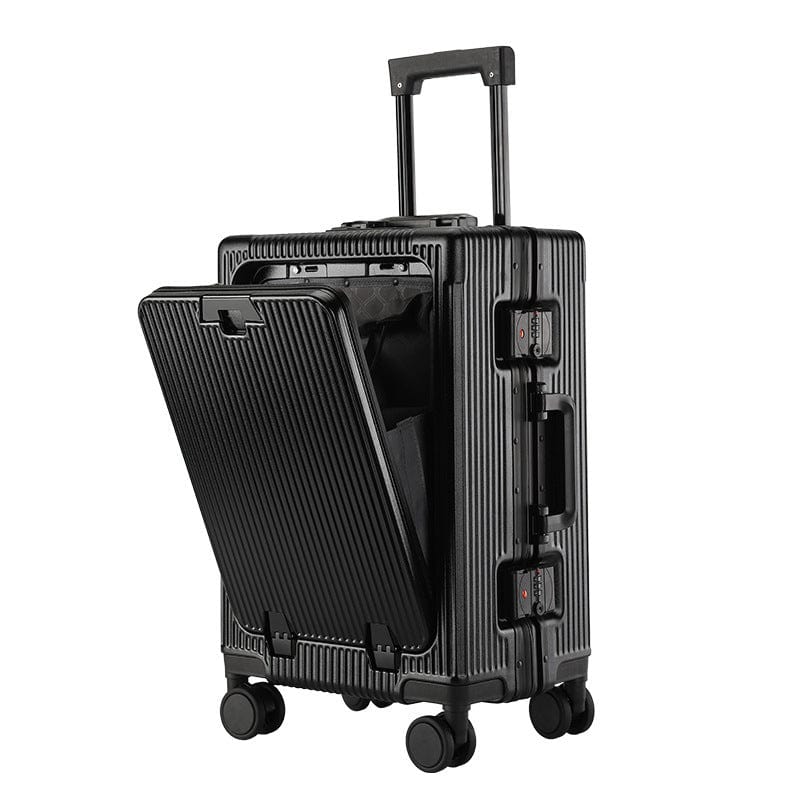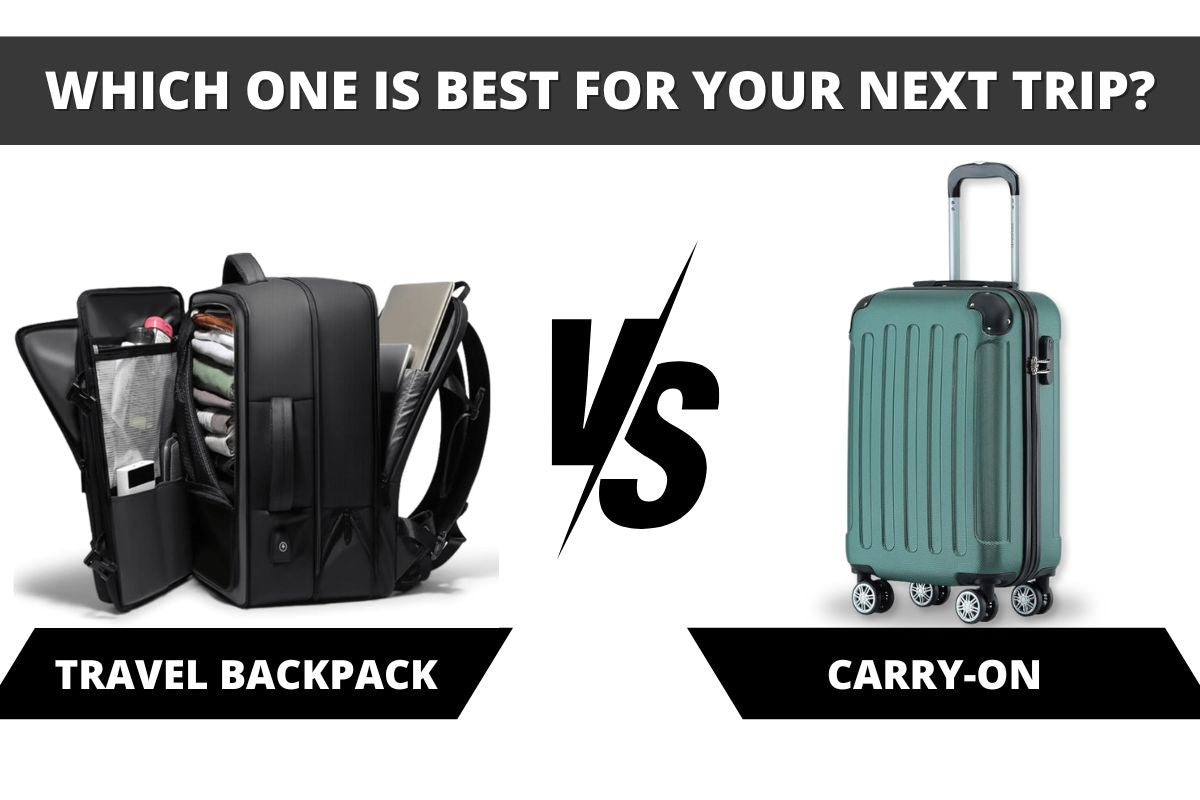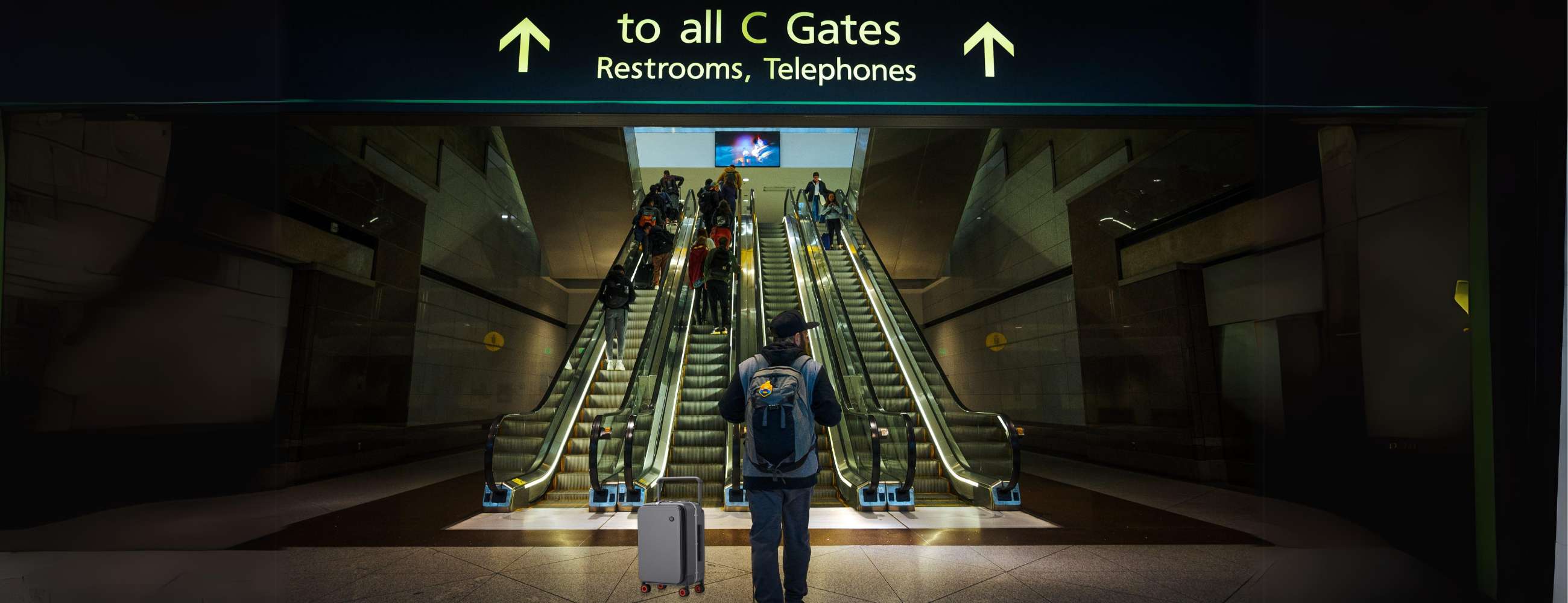Traveling light is an art, and choosing the right luggage can make or break your trip. For frequent flyers like me, the debate often boils down to backpacks vs carry-on suitcases. Both have their perks, but the decision depends on your travel style, destination, and personal preferences.
A backpack offers freedom and flexibility—perfect for navigating crowded spaces or uneven terrain. It’s lightweight, easy to manage, and great for those who want to keep their hands free. On the other hand, carry-on suitcases provide structure and accessibility, making it easier to organize and access your belongings without digging through layers of packed items.
Are backpacks good as carry-ons?
Backpacks excel as carry-ons for their versatility and convenience. Most travel backpacks meet typical airline carry-on size restrictions of 22 x 14 x 9 inches, ensuring compliance with major carriers. Their lightweight design enables quick and efficient navigation through airports, crowded streets, and public transportation.
Travel backpacks work exceptionally well for short trips, like weekend getaways or 3–5 day adventures. With features like dedicated compartments, adjustable straps, and accessible zippers, it's easy to pack folded clothing, travel essentials, and even electronics securely. Many also come with anti-theft technology, allowing peace of mind during transit.
Durability and comfort remain key advantages of carry-on backpacks. High-quality options provide padded straps, ventilated back panels, and rugged materials that withstand diverse travel conditions. Whether hiking through uneven terrain or navigating cityscapes, I've found that backpacks adapt better than rolling luggage to these challenges.
For those seeking flexibility on the go, carry-on backpacks are ideal. Unlike wheeled luggage, backpacks leave both hands free, making them perfect for active travelers juggling multiple items or navigating stairs frequently. While they may require carrying weight on your back, good ergonomic design significantly reduces strain.
Carry-on backpack and personal item essentials for flights
Packing the right essentials in a carry-on backpack and personal item enhances convenience and ensures compliance with airline policies. My carry-on backpack typically includes items that fit within the standard size limit of 22 x 14 x 9 inches for overhead bins, while my personal item is compact enough to slide under the seat, adhering to dimensions like 16 x 14 x 8 inches.
Carry-on backpack and personal item essentials for flights
Packing the right essentials in a carry-on backpack and personal item enhances convenience and ensures compliance with airline policies. My carry-on backpack typically includes items that fit within the standard size limit of 22 x 14 x 9 inches for overhead bins, while my personal item is compact enough to slide under the seat, adhering to dimensions like 16 x 14 x 8 inches.
Carry-on backpack essentials
- Clothing organization
I use packing cubes or compression bags to maximize space and keep clothes organized, ensuring wrinkle-free outfits for my trip. For trips lasting 3-5 days, my backpack includes lightweight layers, travel-friendly fabrics, and a compact toiletry kit that adheres to TSA's liquids rule of 3.4 ounces or less per item.
- Tech and valuables
My electronics like a laptop, tablet, or camera are secured in padded compartments to prevent damage. I keep charging cables, power banks, and noise-canceling headphones easily accessible in zippered pockets for flights.
- Travel documents
My passport, boarding pass, and travel itinerary stay in a designated section, making security checks and boarding hassle-free.
- Comfort items
Compact items like a travel pillow, eye mask, and a refillable water bottle keep me comfortable during the flight. I also carry light snacks in case of lengthy flights or layovers.
Personal item essentials
- Daily-use gadgets
I place my phone, earbuds, and portable charger in my personal item for quick access. These fit comfortably in the small pockets of a laptop sleeve or purse.
- Personal documents and wallet
My ID, credit cards, and other necessary documents stay within reach in my personal item for added security and convenience.
- Hygiene necessities
Items like wet wipes, hand sanitizer, and a toothbrush are handy for quick refreshers during flights or long wait periods.
Choosing items that fulfill in-flight needs yet stay within size limits ensures smooth travel. My system balances practicality and compliance with standard airline regulations, making every trip manageable and stress-free.
Is a 45L backpack considered as a carry-on?
A 45L backpack generally qualifies as a carry-on for most airlines, fitting within typical size guidelines of 22 x 14 x 9 inches. This size usually accommodates essential travel items while remaining compact enough for overhead bin storage. However, actual acceptance depends on the airline's specific policies, which vary, particularly with budget carriers.
Compression straps and streamlined designs enhance a 45L backpack’s chances of meeting carry-on requirements. Fully-packed backpacks with bulging compartments or external gear may push the limits, especially for airlines with stricter size enforcement. Measuring the backpack and confirming its dimensions before departure avoids unexpected gate-check fees.
Many 45L backpacks offer compartments for travel essentials, such as a laptop slot, clothing space, and extra pockets for organization. Packing light and prioritizing versatility makes these backpacks functional for 3-5 day trips. For example, I typically fit three shirts, two pants, one jacket, shoes, and a toiletry kit comfortably, often leaving room for more items with the help of packing cubes.
Whenever I fly, I double-check airline regulations and weigh my packed backpack. This precaution ensures that the bag meets not only size but also weight restrictions, which some carriers enforce. Keeping these considerations in mind maximizes travel convenience and flexibility.
How Backpacks Simplify Budget Travel
Travel backpacks are a go-to choice for budget-conscious travelers because they combine functionality and cost-effectiveness. From lightweight designs to simplified mobility, backpacks excel in situations where affordability and practicality are key.
Travel Backpack Main Advantages
- Enables Hands-Free Travel Travel backpacks free your hands for multitasking. Whether you're navigating a bus terminal, checking your phone, or carrying a snack, this feature makes moving through crowded areas much smoother.
- Compact Yet Spacious Storage Despite their slim design, many travel backpacks offer ample storage through expandable compartments and smart layouts. This design lets you pack efficiently without skipping essentials like a basic first aid kit or toiletries.
- Ease in Navigating Crowded or Uneven Spaces Moving through tight spaces, busy streets, or uneven paths is far easier with a backpack. Its ergonomic support keeps it attached securely, giving you mobility that rolling luggage lacks in these scenarios.
- Lightweight Construction Travel backpacks, often made of materials like nylon or polyester, weigh far less than carry-on luggage. With stricter airline weight allowances, a lighter bag can save up to a few pounds for your essentials.
- Built for Durability Premium backpacks are tough, often made from abrasion-resistant materials such as ripstop nylon. Features like reinforced seams and weather-resistant coatings keep your belongings safe, even in rough conditions.
Travel Backpack Main Disadvantages
- Constant Carrying Can Be Tiring Backpacks stay with you at all times, which can lead to fatigue, especially on long travel days. Regular breaks or investing in backpacks with padded straps can minimize the discomfort.
- Risk of Back Strain Heavy backpacks can impact posture, especially if worn improperly. Adjusting weight distribution and using waist straps can reduce strain during extended wear.
- Wrinkled Clothes Unlike suitcases, backpacks compress clothing due to their tubular design. Using packing cubes can help reduce wrinkles but doesn’t fully eliminate the issue.
- Uncomfortable in Hot Climates Wearing a backpack in warm regions might cause sweating due to the lack of airflow. Look for models featuring ventilated back panels to mitigate this.
- Higher Initial Cost High-quality travel backpacks often have a steeper price tag. However, their durability and multifunctionality make them a worthwhile long-term investment for frequent travelers.
Conclusion:
Choosing between a backpack and carry-on luggage ultimately comes down to your travel style, destination, and personal needs. Both options have their strengths, and understanding what works best for your trip can make all the difference. Whether you prioritize flexibility, organization, or ease of movement, the right choice will enhance your overall travel experience.
By carefully weighing your options and considering factors like trip length, packing essentials, and airline policies, you’ll be better equipped to travel light and stress-free. No matter which you choose, proper preparation ensures you’re ready for any adventure ahead.


